There is no getting around the fact that microwaves are convenient. But there are downsides: Countertop models take up valuable counter space. And there is the aesthetic consideration: Have you ever loved the looks of a microwave? Moving to a built-in microwave can open up your counter, clear visual blight, and create an integrated look.
In the microwave world, it turns out that the term “built-in” covers a lot of territory. Here are the three key variations and our recommendations for each type.
N.B.: We didn’t include Over-the-Range Microwaves (OTR) in our round-up. An appliance that functions as a combination microwave, range vent, and over-the-range light, they fall into a category all their own. They can be a good space-saving solution for some kitchens, but note that OTR microwaves don’t have strong venting power and are not recommended for most high BTU ranges.
Countertop Microwaves with Built-in Trim Kits
This is the most affordable option for a built-in microwave. Trim kits make it possible to install certain countertop microwaves into a cabinet opening and achieve a built-in look. Trim kits also enable built-in models to be fitted into existing cabinet openings that may not be perfectly matched to the microwave dimensions.


Classic Built-in Microwaves
True built-in microwaves do not have finished sides (so you would not want them sitting on your countertop). They come in a range of prices. Generally the less expensive models sit flush with cabinetry; to get an integrated look, they require a corresponding trim kit (at an added cost). The higher-priced models often have a front that spreads over the cabinet opening. They also may offer drop-down doors or pull-out drawers, professional looks, and more cooking functions. Will you really use those extras? Research shows that microwaves are still most commonly used for reheating and defrosting. The final determining factor may come down to the look of the oven: Do you like it and does it work with your other appliances?



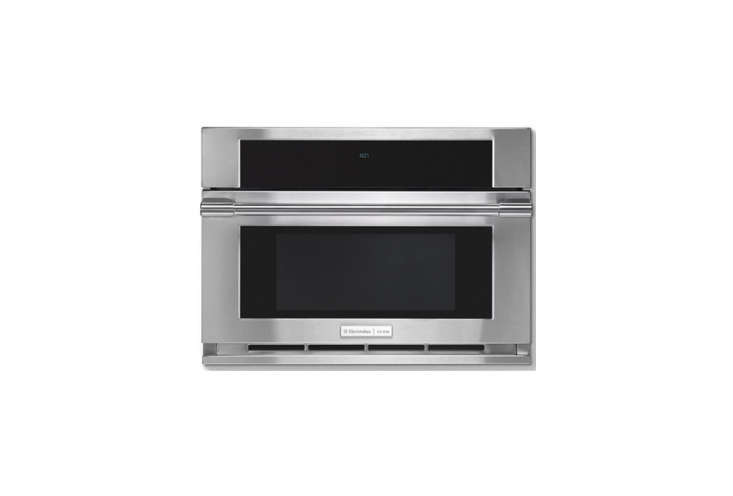




Built-in Microwave Drawers
Microwave drawers can be inconspicuously built-in under your counter or kitchen island, or integrated into your wall-oven setup. Sharp developed the first microwave drawer and, according to our industry connections, manufactures most of the ovens on the market sold by other brands (such as Wolf and Thermador). The pullout drawers are easy to use; one drawback is the interior space is smaller than most conventional microwaves.


N.B.: This post is an update; the original story ran February 26, 2014.

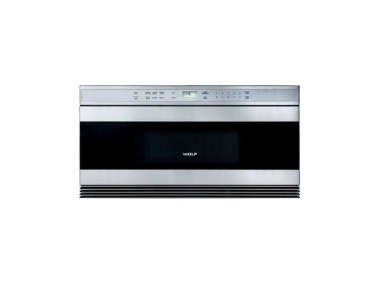
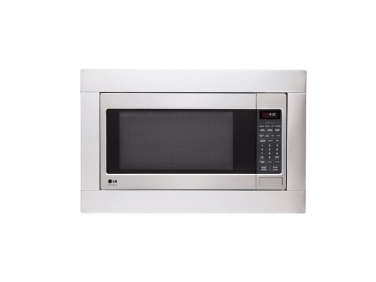
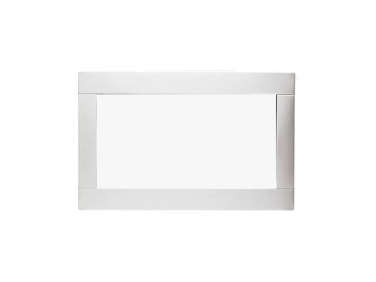
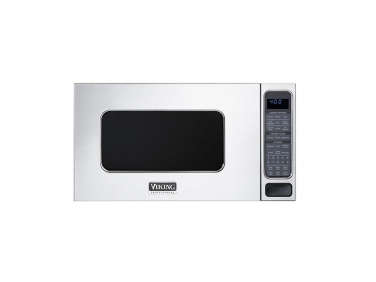
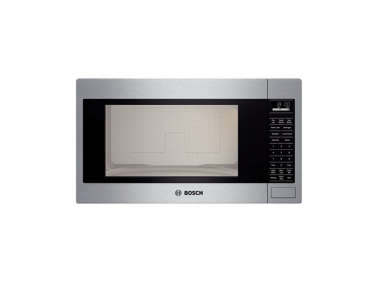
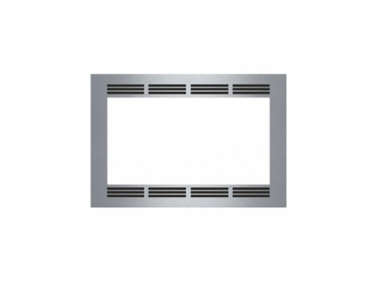
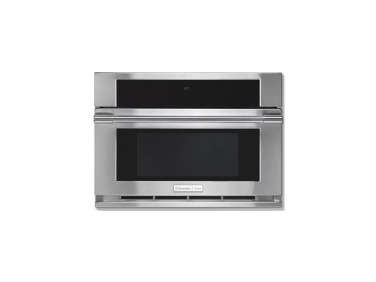
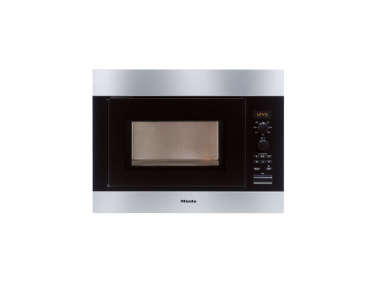
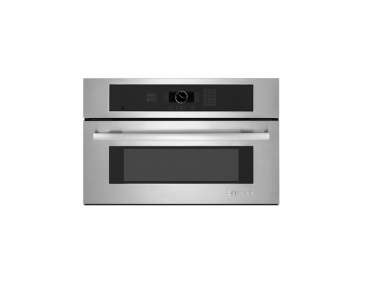
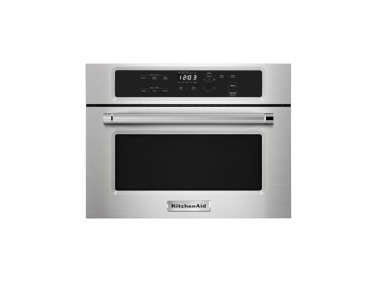
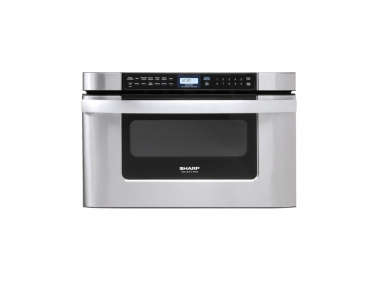
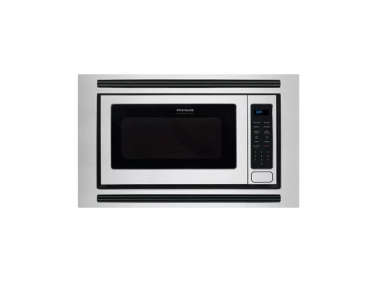
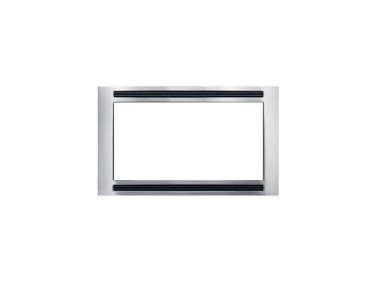
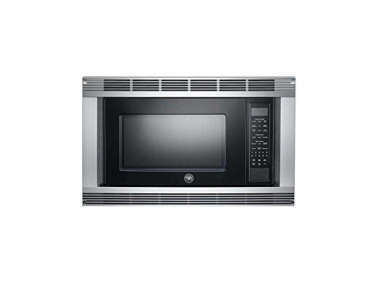
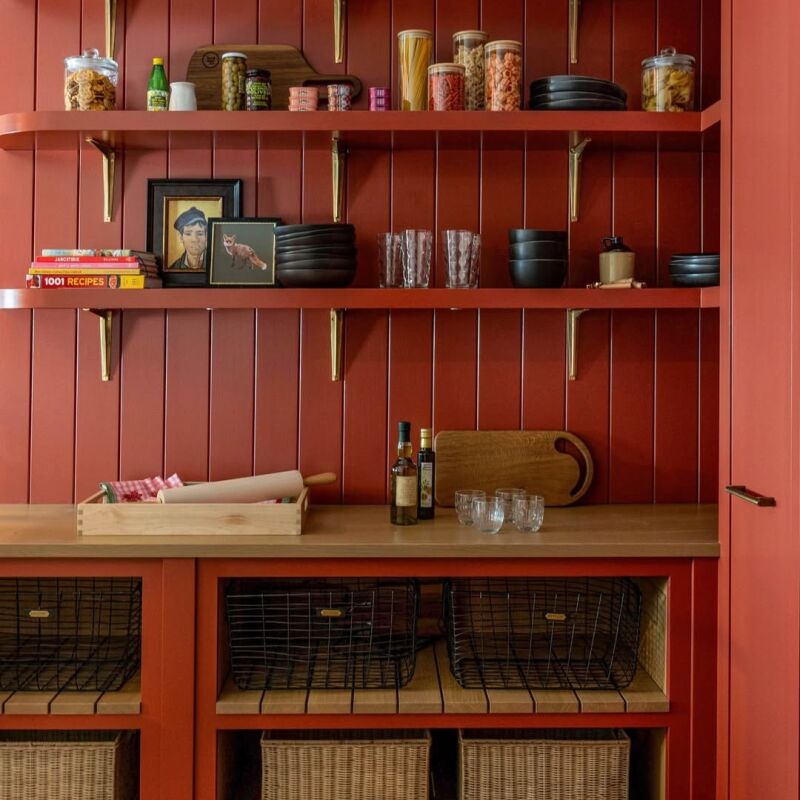
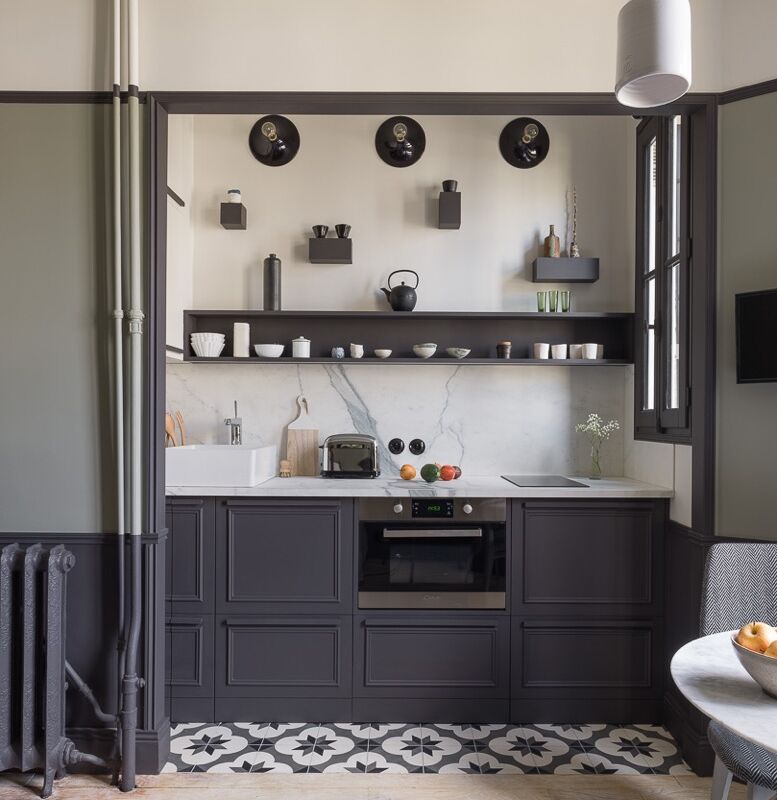


Have a Question or Comment About This Post?
Join the conversation (3)